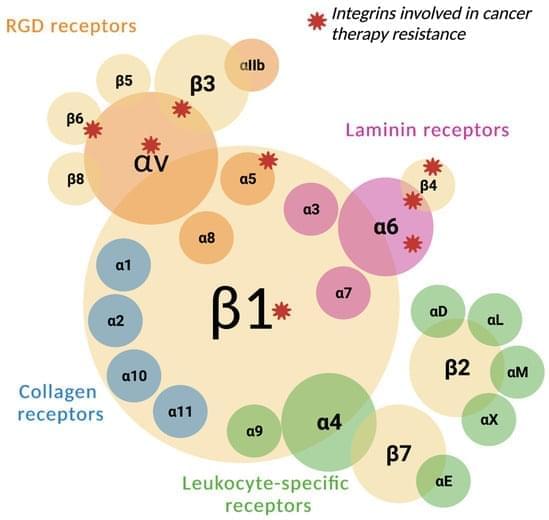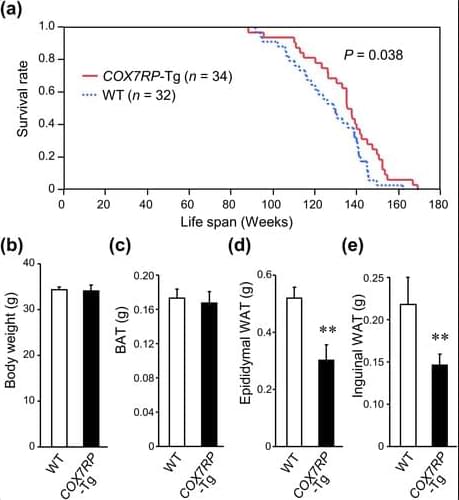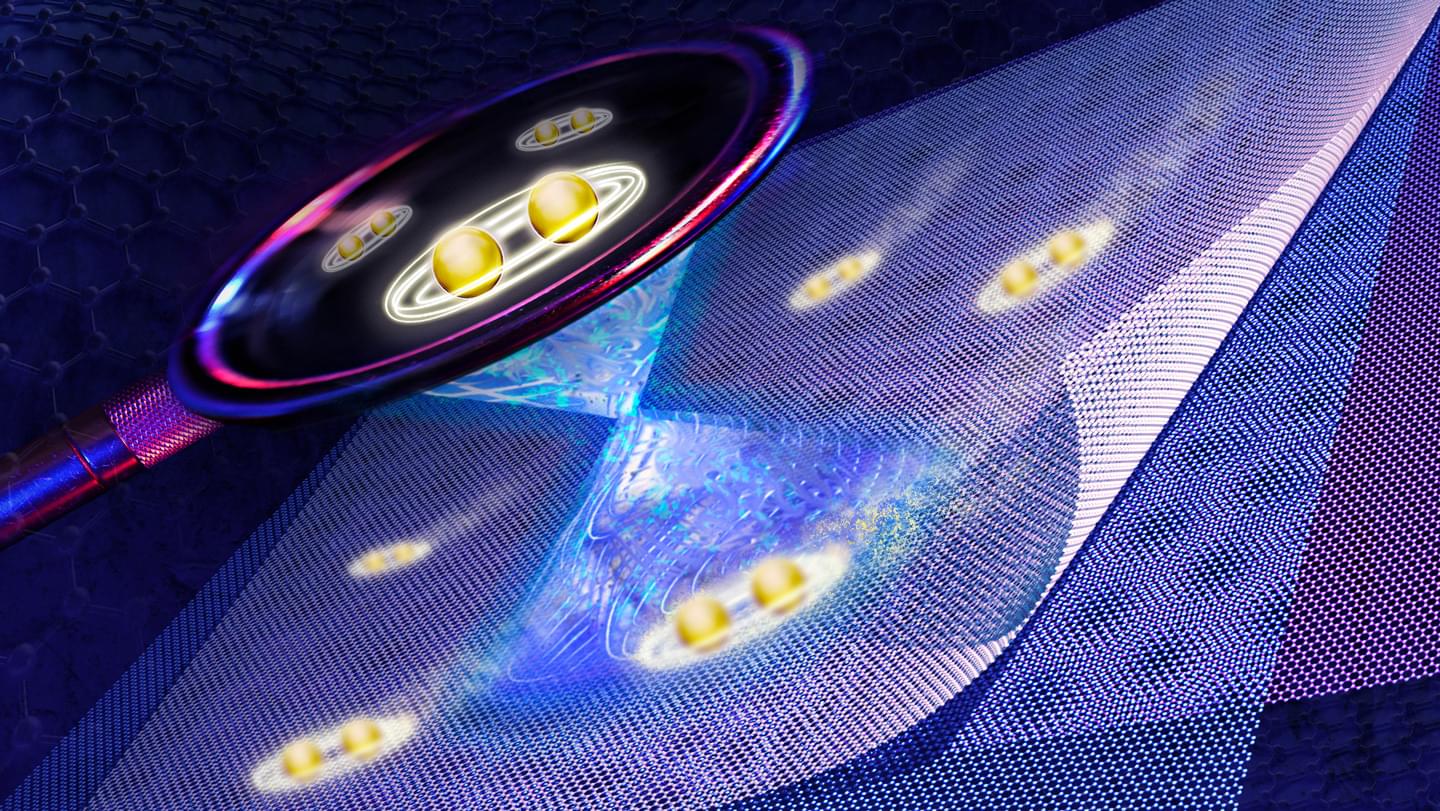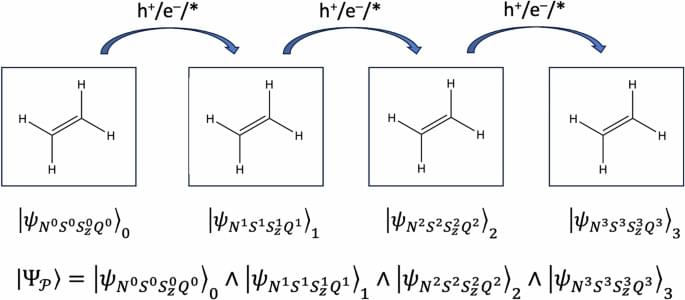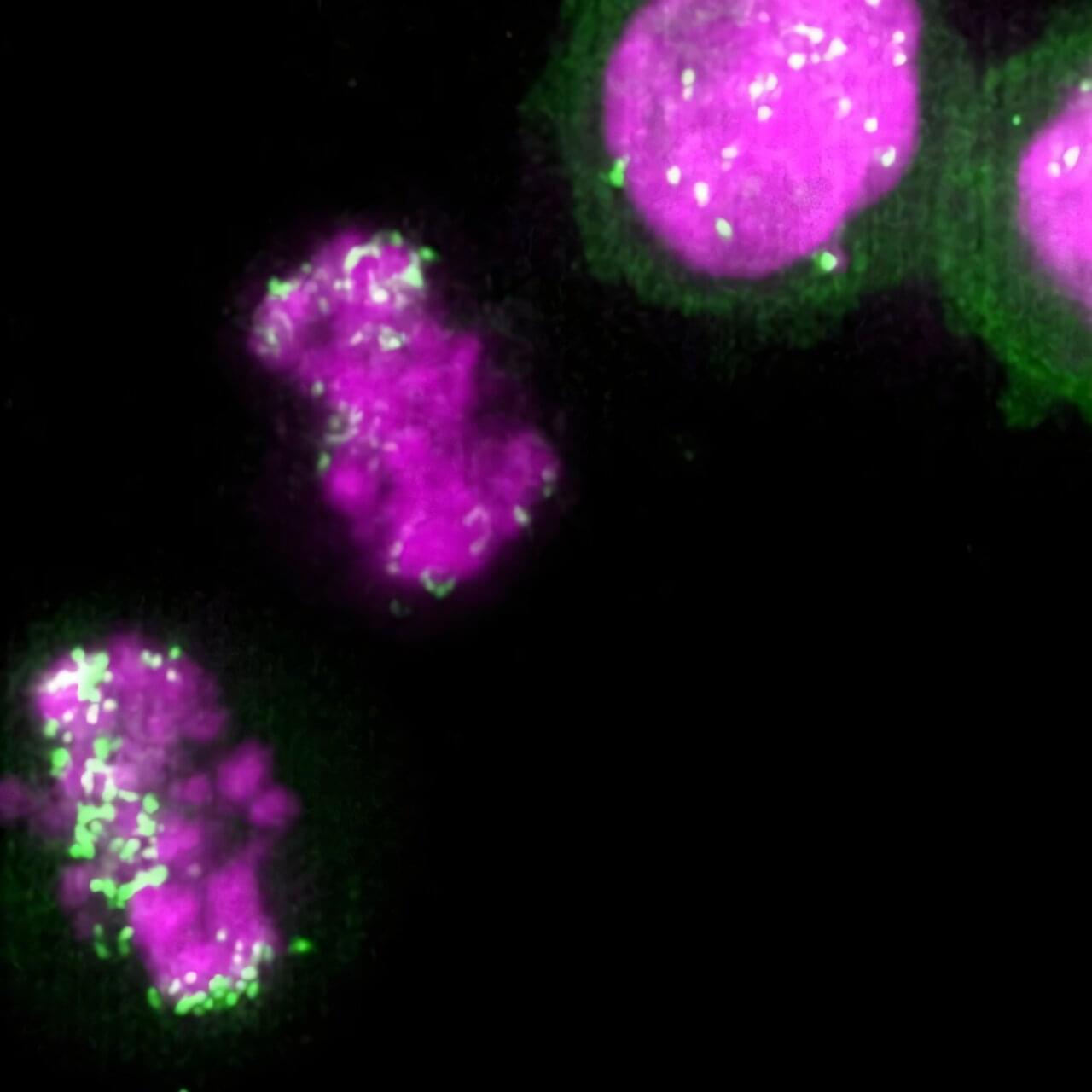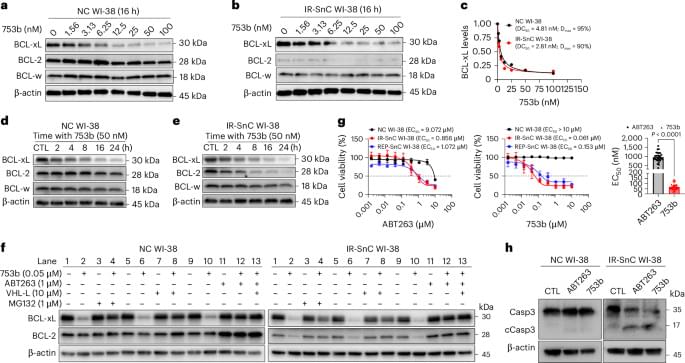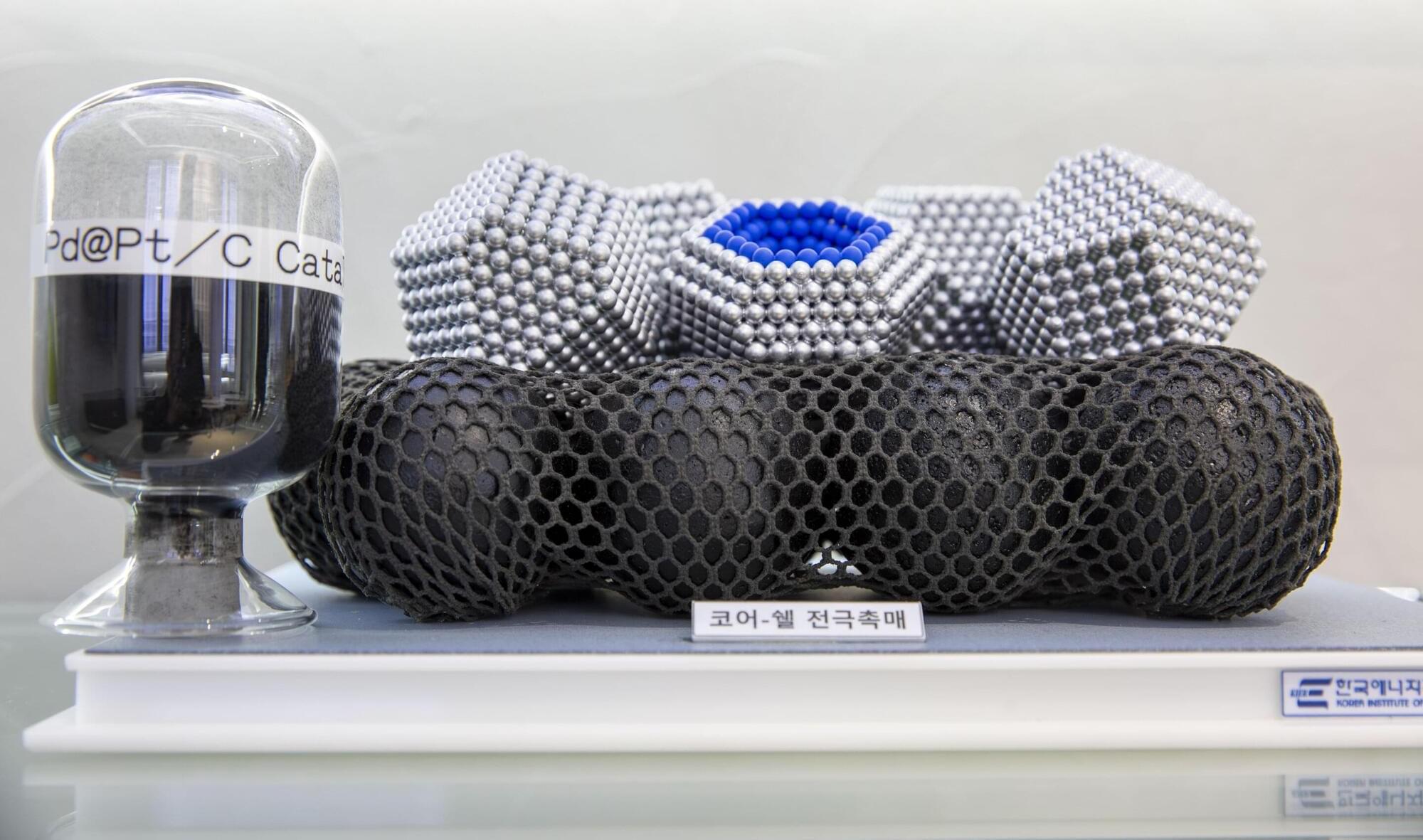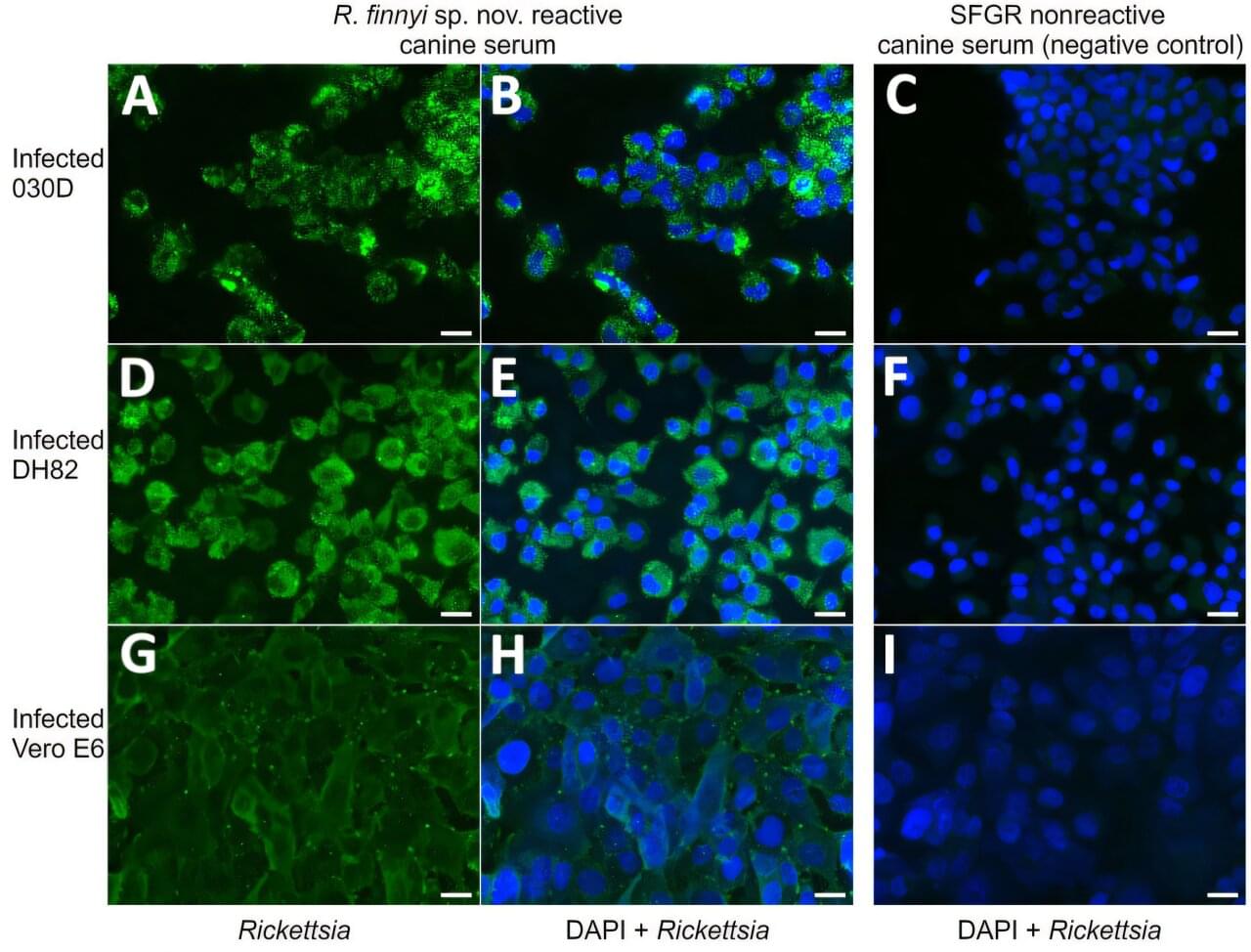A relevant challenge for the treatment of patients with neoplasia is the development of resistance to chemo-, immune-, and radiotherapies. Although the causes of therapy resistance are poorly understood, evidence suggests it relies on compensatory mechanisms that cells develop to replace specific intracellular signaling that should be inactive after pharmacological inhibition. One such mechanism involves integrins, membrane receptors that connect cells to the extracellular matrix and have a crucial role in cell migration. The blockage of one specific type of integrin is frequently compensated by the overexpression of another integrin dimer, generally supporting cell adhesion and migration.
